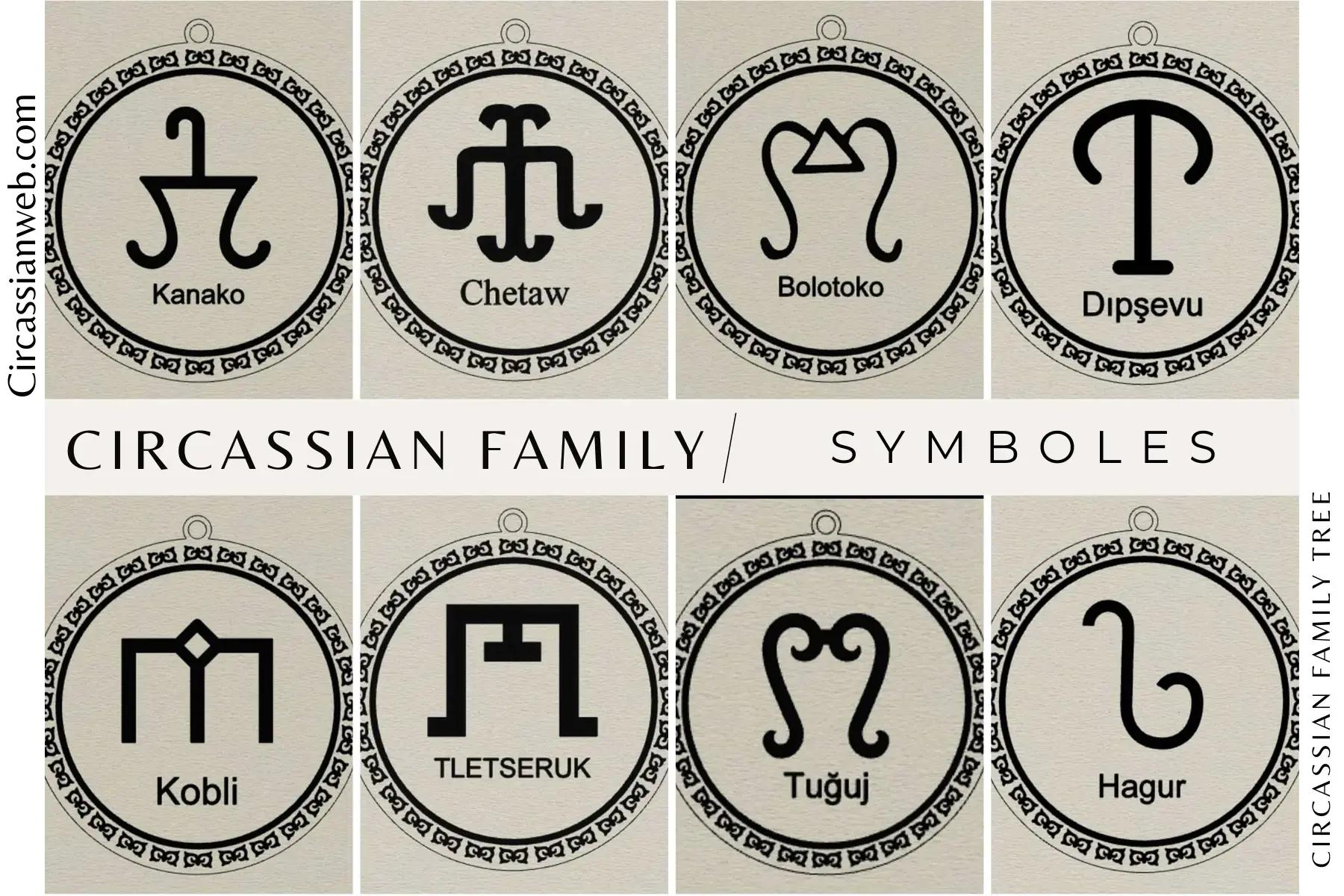Assyrian Genocide: A Fate Worse Than Death
It seems impossible that we would forget genocides of entire people, but events like the Assyrian genocide show us how fickle human memory can be. Also called the Sayfo, meaning ‘the sword’, the Assyrian genocide was one of three mass campaigns of extermination waged by the Ottoman Empire during the First World War. Alongside the more famous Armenian genocide and that of the Greeks, hundreds of thousands of Assyrians lost their lives in racially and religiously motivated atrocities at the command of the Ottoman government between 1914 and 1918.
The struggle of the Assyrians is easily overlooked, but it contains tales of incredible brutality and of admirable resistance. Today on A Day In History, we look at how the atrocities of the Sayfo unfolded, the deplorable ways that the Ottomans deceived their victims, and the stories of the men who took up arms to defend themselves from those who would exterminate them.
Don’t forget to like this video to show your support and subscribe for more dives into overlooked historical events like this
Prelude
The Assyrians are an ethnic group united by their shared languages which derive from ancient Aramaeic. Christianity They are also thorouglhy Christian although split between several denominations, of which the largest are the Orthodox Assyrian Church of the East and Syrian Orthodox Church, and the Chaldean Catholic Church.
Unlike the Armenians, the Assyrians have never been politically unified - there is no real link between the ancient Assyrian empire and the modern Assyrian people - and they were treated as a loose ethnic group with no fixed territory. Like other Christian minorities in the Ottoman Empire, they faced sporadic violence and persecution for decades before the genocide. In 1895, Assyrians were among the victims of the waves of violence that killed thousands of Christians across the Empire and they faced regular discrimination in law and public life. Violence from Turkish authorities and Kurdish raiders continued throughout the early 20th century with land seizures, forced conversion, and mob violence becoming regular features of life.
Things changed with the rise of Turkish ethnonationalism and the First World War. The Empire’s new ruler Talaat Pasha envisioned an ethnically Turkish empire where minorities were excluded, or eliminated. The Ottomans also saw the Assyrians as a security risk, fearing that they would side with Russia once the fighting began.
#assyrian #history #armeniangenocide #sayfo
Music: Epidemic Music
Sources:
David Gaunt, Massacres, Resistance, Protectors: Muslim-Christian Relations in Eastern Anatolia during World War I, (2006)
David Gaunt, ‘The Ottoman Treatment of the Assyrians’, in Ronald Grigor Suny et al (ed.), A Question of Genocide: Armenians and Turks at the End of the Ottoman Empire, (2011), p244-59
David Gaunt and Naures Atto (ed.), Let Them Not Return: Sayfo - The Genocide Against the Assyrian, Syriac, and Chaldean Christians in the Ottoman Empire, (2019)
Maryam Ishaya, ‘France recognizes Seyfo Genocide of 1915’, 27th February 2023, The Morningside Post, https://morningsidepost.com/ar....ticles/france-recogn
Florence Hellot-Bellier, ‘The Increasing Violence and the Resistance of Assyrians in Urmia and Hakkari (1900–1915)’, in Talay Shabo and Soner O Barthoma (eds.), Sayfo 1915: An Anthology of Essays on the Genocide of Assyrians/Arameans during the First World War, (2018)
Copyright © 2023 A Day In History. All rights reserved.
DISCLAIMER: All materials in these videos are used for entertainment purposes and fall within the guidelines of fair use. No copyright infringement intended. If you are, or represent, the copyright owner of materials used in this video, and have an issue with the use of said material, please send an email to adayinhistory2021@gmail.com






















